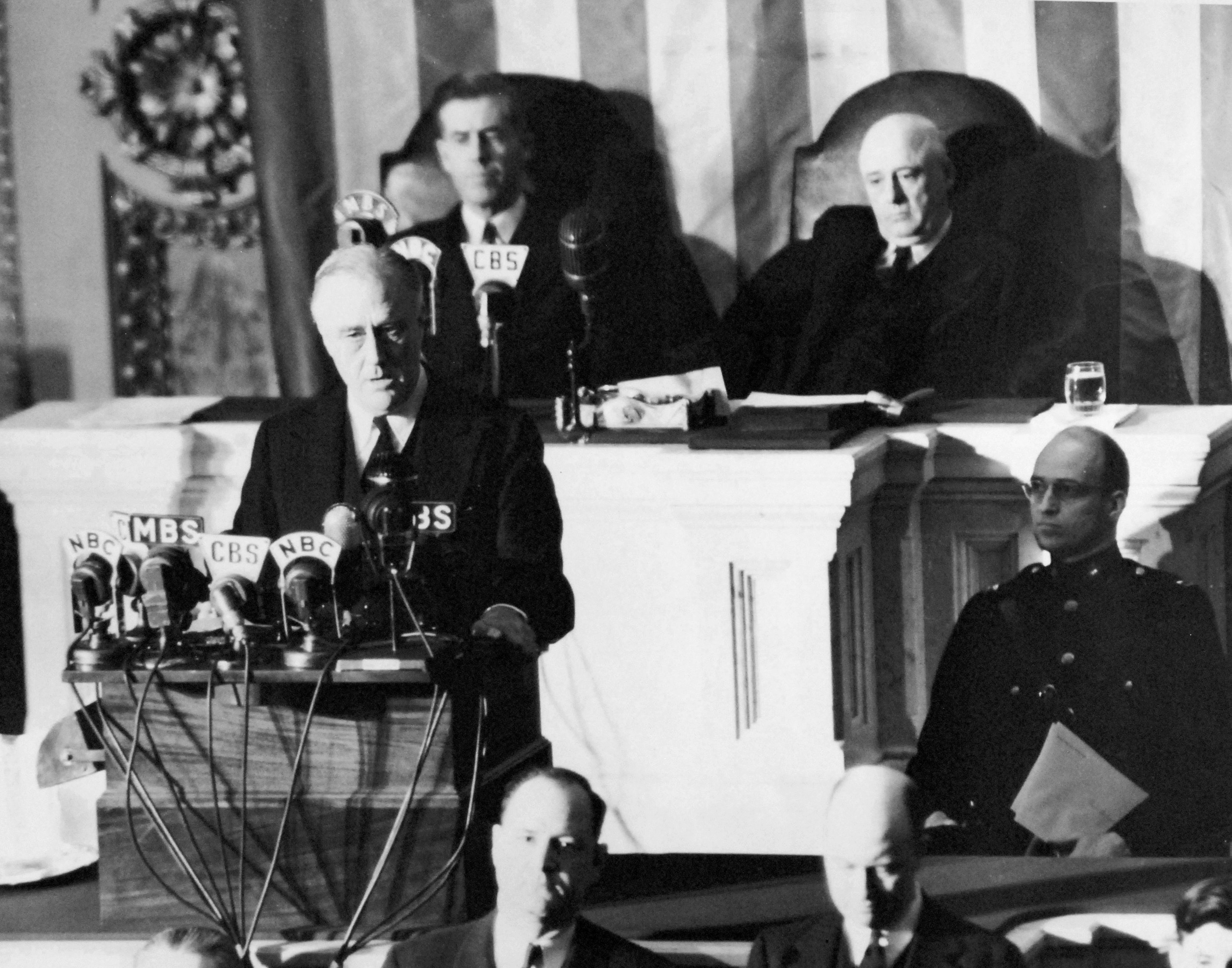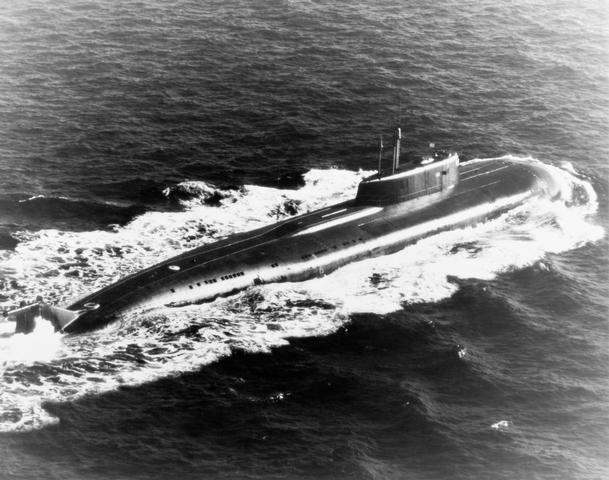
The Royal Mail Steamer REPUBLIC was a gorgeous White Star Liner.

The ship was originally built in Belfast, for the International Mercantile Marine's Dominion Line (a sister company to the White Star Line) and was named SS Columbus. After two voyages with Dominion, she was sold to White Star and renamed Republic (the White Star's original Republic of 1872 had been sold over a decade earlier).
Superstitious sailors will tell you that changing the keel name of a ship is an unwise thing to do.
Collision with SS Florida
In early morning of January 23, 1909, while sailing from New York City to Gibraltar and Mediterranean ports with 742 passengers and crew, Captain Inman Sealby in command, the Royal Mail Steamer Republic entered a thick fog off the island of Nantucket, Massachusetts, inamous for whaling ship disasters I shall cover here in the fullness of time
Among the passengers were any amount of the great and the good, illustrious people such as Mrs. Sophie Curtis, wife of George M. Curtis, Mrs. Mary Severance, wife of Cordenio A. Severance, Professor John M. Coulter, and Lady Katherine Van Loo. Travelling in first class were also Mr. Leonard L. McMurray, who, in 1915, would survive the sinking of the Cunard liner Lusitania, and Mrs. John T. Davis, daughter-in-law of senator Henry G. Davis of West Virginia with two children.
The steamer reduced speed and regularly signalled its presence by whistle. At 5:47 a.m., another whistle was heard and the Republic's engines were ordered to full reverse, and the helm put "hard-a-port". Out of the fog, the Lloyd Italiano liner Florida appeared and hit Republic amidships, at about ninety degrees. Two passengers asleep in their cabins on Republic were killed when Florida's bow sliced into her, including liquor wholesale manager Eugene Lynch's wife Mary and banker W. J. Mooney.
Eugene Lynch was critically injured and died as a result of his injuries at Long Island College Hospital, Brooklyn, January 26, 1909. On the Florida, three black crewmen were also killed when the bow was crushed back to a collision bulkhead.
The engine and boiler rooms on RMS Republic began to flood, and the ship listed. Captain Sealby led the crew in calmly organizing the passengers on deck for evacuation. RMS Republic was equipped with the new Marconi wireless telegraph system, and became......
the first ship in history to issue a CQD distress signal.
Florida came about to rescue Republic's complement, and the U.S. Coast Guard cutter Gresham responded to the distress signal. Passengers were distributed between the two ships, with Florida taking the bulk of them, but with 900 Italian immigrants already on board, this left the ship dangerously overloaded.
The White Star liner Baltic, commanded by Captain J. B. Ranson, also responded to the CQD call, but due to the persistent fog, it was not until the evening that Baltic was able to locate the drifting RMS Republic. Once on-scene, the rescued passengers were transferred from Gresham and Florida to Baltic. Because of the damage to Florida, that ship's immigrant passengers were also transferred to Baltic, but a riot nearly broke out when they had to wait until first-class Republic passengers were transferred. Once everyone was on board, Baltic sailed for New York.
Captain Sealby and a skeleton crew remained on board Republic to make an effort to save her. Crewmen from the Gresham tried using collision mats to stem the flooding, but to no avail. By this time the steamers New York and Lucania (from Cunard) had also arrived, and waited while an attempt was made by Gresham to take Republic under tow. This effort, too was futile, and on January 24, the mighty Royal Mail Steamer REPUBLIC sank.
At 15,378 tons, she was the largest ship to have sunk up to that time. The remaining crew were evacuated before she sank.
The Republic sank on January 24th, 1909 when she collided in a dense fog with an immigrant ship named SS Florida. The approximate location of her sinking is about 50 miles south of Nantucket Island, Massachusetts. The RMS Republic was reportedly carrying a fortune of 5 tons of newly minted American Gold Eagle coins valued at $3 million in 1909, 15 tons of gold bars, a Navy payroll with estimated current value around $70 million and several tons of silver, as well as passengers' jewelry. Additionally, it was reported to have on board JP Morgan's rare library of documents and books.


























